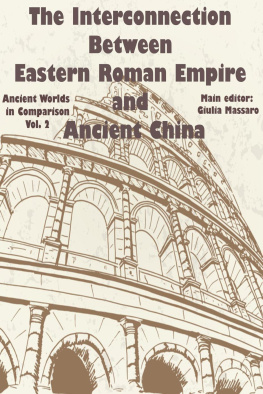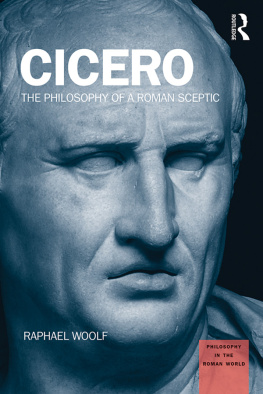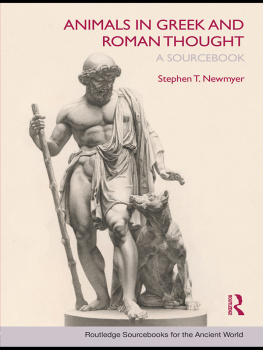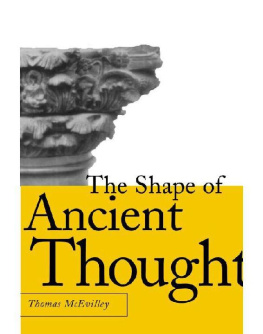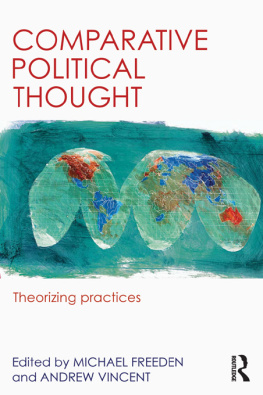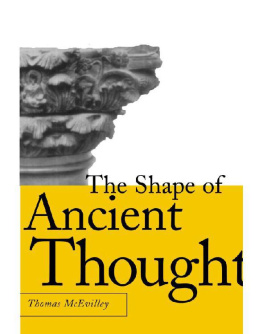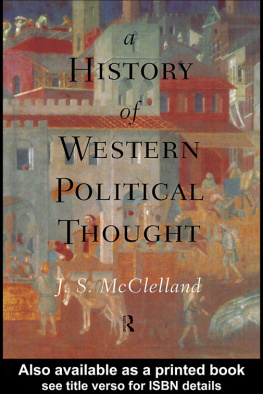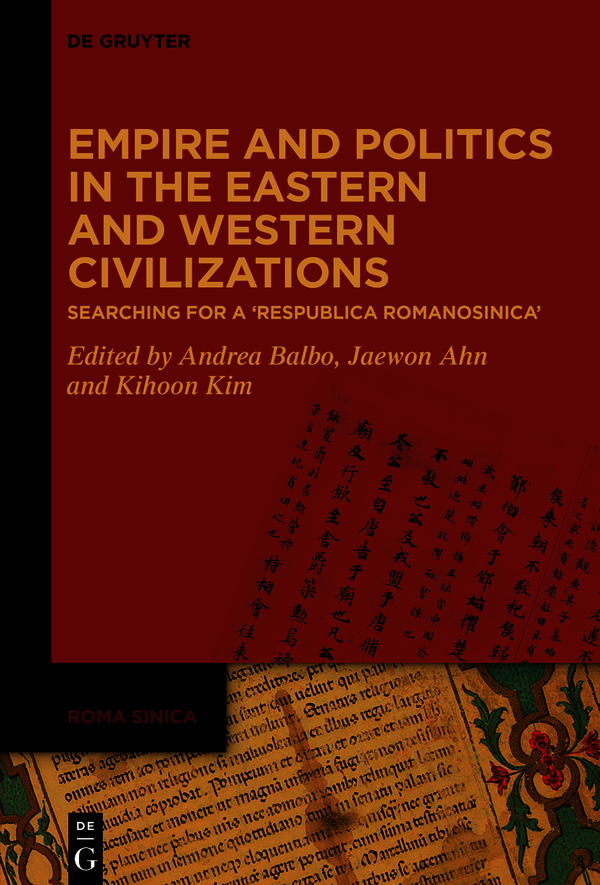Roma Sinica
Mutual interactions between Ancient Roman and Eastern Thought
Edited by
Andrea Balbo
Jaewon Ahn
Volume
ISBN 9783110735338
e-ISBN (PDF) 9783110731590
e-ISBN (EPUB) 9783110731651
Bibliographic information published by the Deutsche Nationalbibliothek
The Deutsche Nationalbibliothek lists this publication in the Deutsche Nationalbibliografie; detailed bibliographic data are available on the Internet at http://dnb.dnb.de.
2022 Andrea Balbo, Jaewon Ahn, Kihoon Kim, published by Walter de Gruyter GmbH, Berlin/Boston // The book is published with open access at www.degruyter.com.
This work is licensed under the Creative Commons Attribution 4.0 International License.
Introduction
Andrea Balbo
Jaewon Ahn
Kihoon Kim
The adventure continues. We are very proud to publish the second volume of the Roma Sinica series, entitled Empire and Politics in Eastern and Western Civilizations. This book contains the proceedings of the conference we organized in Seoul in September 2019, where we enjoyed the excellent hospitality and organization of our friends in South Korea and of Jaewon Ahn in particular. In the meantime, many things have changed. The COVID 19 pandemic forced us to reschedule our calendar of conferences and to postpone the next one to 2022; at the same time, it compelled us on the one hand to rethink our work processes and, on the other, to confront the difficulty of finding fundamental bibliography for our studies due to the closure of many libraries. With a little Christian and Confucian patience and the help of some collaborators as Dr. F. Lazzerini we have achieved our aims, however. Indeed, here we christen a volume that extends even beyond the scope of the conference by including contributions that were due to be included in our first series volume, Confucius and Cicero, but did not reach the editors in time.
Yet, despite the fact that COVID has created obstacles for us, there is some good news: Andrea Balbo (University of Turin) and Chiara Ombretta Tommasi (University of Pisa) have become the Principal Investigators of a project called SERICA (Sino-European Religious Intersections in Central Asia: Interactive Texts and Intelligence Networks), which, thanks to substantial funding from the Italian Ministry of Research and the University of Pisa, will finance further research on the relations between the western and eastern worlds. The project will thereby also facilitate the continuation of this Roma Sinica series, for which the editorial board has already accepted three other works to be published in the next few years. Roma Sinica, therefore, aspires as it develops to become an international point of reference on these issues. This aim is also being strategically pursued by making the series of volumes available open access. It is precisely with these things in mind that the structure of the present volume has been conceived. Its three sections contain essays ranging from the world of Confucian texts (especially within the Language and Rhetoric section) through the history of relations between East and West along the Silk Roads (History and Politics in Eastern Thought section) to the definition of certain relationships between Western and Eastern political thought, including references to contemporary problems (section on Eastern and Western Perspectives in Politics and the History of Ideas). The volumes authors are colleagues from both Eastern and Western traditions and they have worked with different methods and purposes. But they all offer a result which, we hope, will satisfy their peers and thereby embody a peaceful example of an empire of knowledge on which, deliberately, the sun never sets.
Andrea Balbo, Jaewon Ahn, Kihoon Kim
Section 1 History and Politics in the Eastern Thought
Imperator-Huangdi: The Idea of the Highest Universal Divine Ruler in the West and China
Gociwit Malinowski
The existence of fully egalitarian societies devoid of any idea or practice of sovereignty in social relations is a utopian ideal rather than a reality observed by anthropologists. Even the San hunter-gatherer communities of the Kalahari Desert have hereditary chiefs, although their authority is limited and decisions are based on a consensus in which women and men play equal roles.
The enthronement of the king of the Gypsies in Interwar Poland was sanctified by Orthodox religious rituals. A supernatural element also appeared in other communities whose leaders wanted to base their social position not only on individual merit and personal charisma but also on religious sanction. The Kingdom of Wehali was a ritual center on the south coast of central Timor whose population belonged to the Austronesian South Tetun-speaking area. The leader of the state was originally titled Nai Bot, The Great Lord or Nai Kukun, The Dark Lord, and in the 16th century, he became Maromak Oan, Small Bright One or Child of Luminous, i.e. son of God.
The institution of the hereditary chief had undoubtedly appeared many millennia before the invention of scripture first recorded the name of such a leader in the first documented language of the world. Here we refer to the Sumerian language, in which the kings original designation was lugal, a compound of lu, man, and gal, big. In creating this name, the Sumerians followed the same concept as the 20th-century anthropologists who described the realities of Oceania societies. The oldest inscription with the word lugal, king, to date belongs to the ruler of Kish named Me-bara2-si [Sumerian King List: Enmebaragesi] from around 2600 BCE. The Akkadian r(rum) is the first recorded translation of Sumerian lugal into another language, a Semitic name of a king that corresponds to Hebrew ar, prince, captain, chief, ruler, chieftain, official.
The Akkadian Empire (c. 23342154 BCE) is the first known regional empire in the history of humankind. It stretched from the Persian Gulf to the Mediterranean Sea, from the Lower Sea to the Upper Sea. Lugalzagesi, king of Sumer, already boasted power over both seas (c. 23582334).
The fourth ruler of the Akkadian Empire, Naram-Sin (22542218 BCE), expressed his universalist ambitions by accepting the title of King of the (Heavens) Four Corners [Quarters] of the World: lugal-an-ub-da-limmu-ba; ar kibrti arbai.
Naram-Sins successor was his son, ar-kali-arri (22182193 BCE), whose name meant King of (all) Kings and would in the future become a form of denoting the supreme ruler in various languages. It was first used by the Assyrian king Tukulti-Ninurta I (12231197 BCE), Assyrian ar arrni, King of Kings. This title, known in Old Persian from the inscription of King Darius at Behistun (Xyathiya Xyathiynm), persisted in the Iranian world regardless of dynastic or religious changes until the fall of the last ruler of Iran (hn h) Reza Pahlavi (1979). Iranian patterns spread to other cultures, including Ethiopia, where the supreme ruler of the Solomonic dynasty was called Ngus Ngst in Geez; the last of these was Haile Selassie (1974).
In modern European languages, it is customary to refer to supreme rulers in Iran and Ethiopia as emperors, but the term king of kings was already known in Greek ( ) from the Hellenistic era. The title of Rajadhiraja, King over Kings, was also known in the Indosphere, but the more popular term was Maharaja, Great King. It was also known in Mesopotamia (arru rabu, e.g., Neo-Assyrian king Sargon II), so that it is impossible to say with certainty whether the Sumerogram LUGAL.GAL, big big-man, for the Hittite king continues some Indo-European tradition or copies of the Mesopotamian traditions later adopted by the Achaemenids, and from them by the Greeks: . This title in turn, worn, among others, by the Seleucid rulers, could also have influenced Indian traditions, where the form



